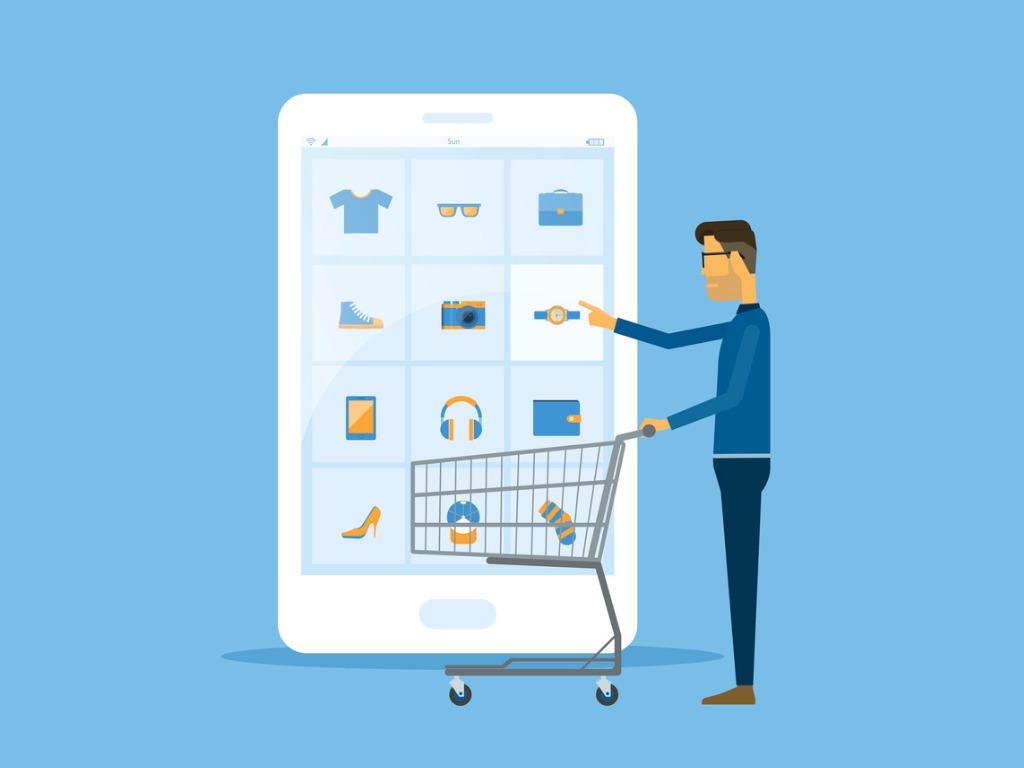Facebook, Apple, Amazon, Netflix, and Google, collectively referred to as FAANG, are some of the most powerful, valuable, and influential companies in the world.
And as institutions question FAANG’s role in our daily lives, the types of startups these companies are acquiring, the sectors those acquired startups operate in, and the pace of those acquisitions can give us some insight into tech giants’ goals, bets, and hedges.
The Big Picture
In 2018, all but one FAANG company acquired a company. Netflix, which is pouring billions into original content, kept its status as an acquisition light company. Over eight years, Netflix has made a total of one known acquisition over its lifetime. Facebook, Apple, Amazon, and Google did not respond to requests for public comment.

Here’s a closer look at what the companies have purchased this year.

The past two years have not been kind to Facebook. It has become the scapegoat for nearly every woe and anxiety concerning social media, much of which is arguably deserved. The world’s largest social media company has faced multiple security breaches, foreign adversaries disguised as normal users, and accusations of contributing to mass killings in Myanmar. And it is this increased criticism on the part of journalists, politicians, and users that may have informed some of Facebook’s purchasing decisions.
Bloomsbury AI, a natural language processing (NLP) company based in the UK, for example, will reportedly be working on Facebook’s efforts to identify fake news and posts on the social media platform. Confirm.io, on the other hand, developed a software to authenticate government-issued IDs, which can be used to safely and quickly recover hacked accounts.
Facebook has acquired four startups in 2018 so far, which is on pace with its acquisition cadence in 2017. However, the company has become steadily less acquisitive since 2012 when the company acquired Instagram along with 13 other companies.
However, even with efforts to improve technology to tackle those obstacles, the company should probably better own up to its mistakes.
Amazon

Amazon’s startup purchasing pace has slowed since last year. However, that may have been a result of the surge in the number (and price) of acquisitions it made in 2017. The ecommerce behemoth made the most purchases it has ever made last year, which included an acquisition of Whole Foods for a whopping $13.7 billion.
Based on its past history, Amazon focuses on acquiring companies with significant market share in targeted verticals. You may recall that Amazon is competing with other grocery delivery players like Instacart, which has scored $1.6 billion in funding of its own. It also acquired Souq.com in a $580 million deal that solidified its competition against Noon.com in the Middle East.
Likewise, Amazon’s acquisition of PillPack this year gave it a foothold in the healthcare space, and its acquisition of connected doorbell company Ring furthers its ambition to become the master of the smart home.
With price tags of $1 billion each, Amazon is clearly willing to bet big on market leaders in the spaces it is aiming to control. Others also anticipate that Amazon will ramp up its investments in AI, looking to further improve its Alexa platform. With Amazon continuing to ramp up in those sectors and lock down market share globally, investments and competitor acquisitions may continue to be a part of its strategy.
Apple

Earlier this year, Apple reached a $1 trillion market cap; however, that has not translated into a flurry of acquisitions. As Fortune noted, Apple has historically (for the most part) stayed clear of large market-grabbing purchases, opting to acquire smaller companies with valuable IP for technology that can be used in its devices and software.
However, Apple spent a bigger chunk of money Dialog Semiconductor in 2018. During its September keynote, the company highlighted its new A12 chip, specifically tailored for machine learning applications. As TechCrunch noted at the time, purchasing the German company along with its licenses and IP furthered Apple’s chip-building goals.
In August, Apple acquired Akonia Holographics, an augmented reality-focused startup, a sector Apple has shown repeated interest in. Finally, the iPhone maker also acquired media app Texture, presumably to expand its Apple News application.

There is one important note about Google’s acquisition pace. The company announced a restructuring of its corporate body in 2015, which refocused Google’s strategy under its parent company Alphabet. Alphabet has continued to make acquisitions and investments on what it says are “other bets” like Waymo, formerly under Google. The narrowing of Google’s specific business focus coincides with that reduction in acquisitions from 2014 to 2015.
It seems that Google is focused primarily on improving its technical ability and specs, rather than going the Amazon route and acquiring formidable competitors for market share.
Instead, the company has focused on improving its divisions beyond Adwords. Specifically, three of its acquisitions have focused on Google Cloud, which is led by Dianne Greene. The company is enhancing the technical capability of its cloud applications to bring more customers onto the platform and away from AWS and Microsoft Cloud.
Still, a startup may find its new acquirer casts quite a long shadow. In the case of small acquisitions, in particular, it’s hard to imagine that a small startup team will have a lasting effect on organizations with thousands of employees. Not all institutions are so easily disrupted, especially when they mint cash.
iStockPhoto / TCmake_photo

Stay up to date with recent funding rounds, acquisitions, and more with the Crunchbase Daily.







![Illustration of stopwatch - AI [Dom Guzman]](https://news.crunchbase.com/wp-content/uploads/Halftime-AI-1-300x168.jpg)



67.1K Followers